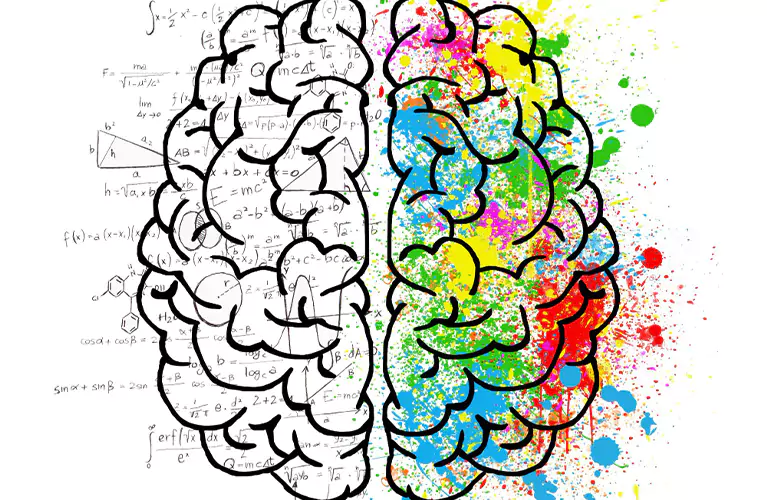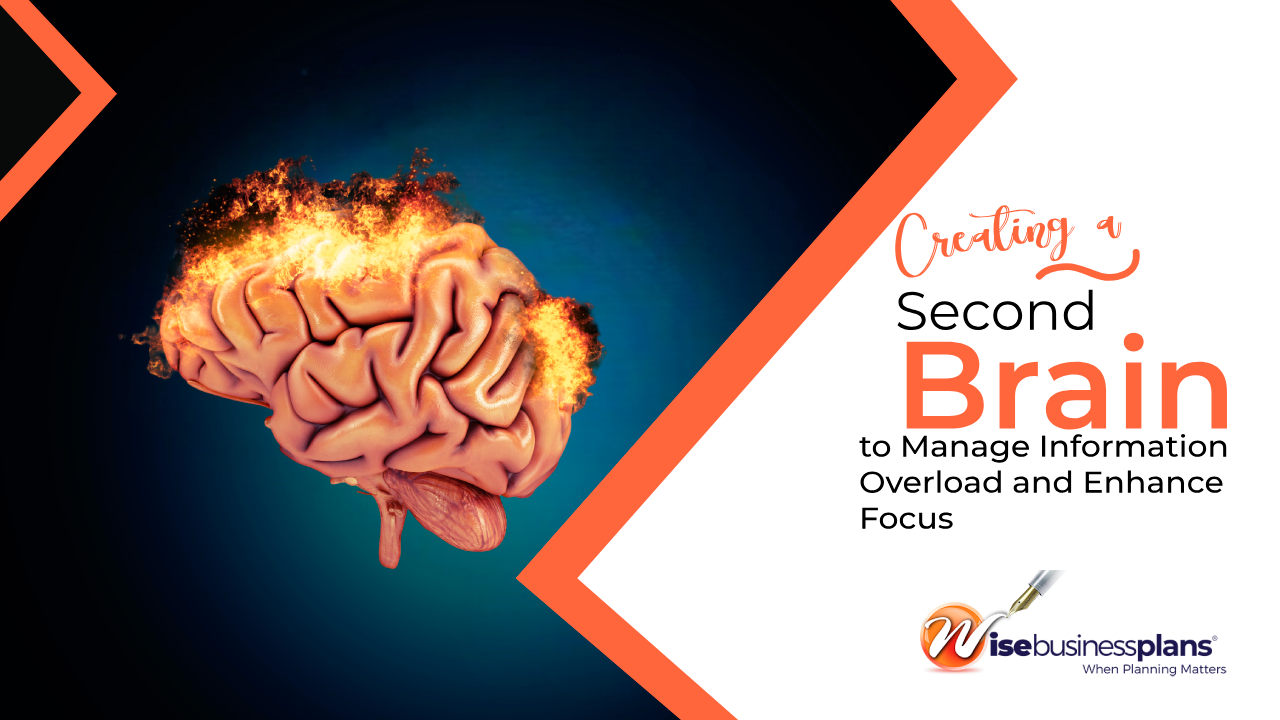Creating a ‘Second Brain’ to Manage Information Overload and Enhance Focus
Table of Contents
Managing a large amount of information can be overwhelming, especially when multiple tasks, ideas, and responsibilities are involved. It’s common to feel scattered and unfocused when there’s so much to keep track of, but there’s a solution. Creating a ‘second brain’ is a practical way to set up your flow into a system that helps you regain clarity and stay productive.
What Is a ‘Second Brain’?

It is a system designed to help you capture and organize information outside your mind. The digital productivity market offers apps with a second brain template to those who want to store their thoughts, tasks, and ideas in one place and free up mental space for deeper focus. With its help, you can streamline how you handle information and make it easier to access whenever needed.
This system isn’t just for professionals. It can help reduce the feeling of being overwhelmed by giving you a digital space to store and retrieve your information, even in your domestic life. Implement knowledge management strategies as shown in our sample business plans.
Ready to boost your productivity?
Explore our business plan writing services now!
Why Use a Second Brain Template?
Building a second brain can be as simple or as detailed as you need it to be. Templates provide a clear structure to catalog different types of information, such as tasks, projects, and personal notes.
A template can help you avoid the frustration of creating a system from scratch. They are designed to guide you through the process of capturing and storing information.
Professional Use: Enhancing Focus and Productivity
For professionals, a second brain is an essential tool for efficient task management. With numerous emails, calls, and projects to juggle, it’s easy to lose track of important information. By capturing all of your professional data in a second brain, you can create a reliable system that helps you stay up-to-date with all your tasks.
Here’s how a second brain can help with your professional life:
- Centralized information: Keep all your notes, ideas, and tasks in one place, and make sure that you don’t waste time searching for information.
- Task prioritization: Prioritize tasks, so you know exactly what to focus on each day.
- Goal tracking: Use it to break down large projects into smaller tasks and track your progress toward professional goals.
A second brain template can help you manage work-related tasks by offering a structured way to capture all relevant information, from project deadlines to meeting notes. This can increase your productivity and help you keep an eye on your professional development.
Everyday Use: Staying Organized in Daily Life
From grocery lists to creative ideas, the second brain concept helps you stay focused on what matters most in your day-to-day routine. With all the information you handle daily, a system that will manage your load will help you reduce stress and create more space for things you enjoy. With its help, you can:
- Track personal goals: Break down personal projects, like learning a new skill or planning a vacation, into smaller steps and track your progress.
- Manage tasks: Use it to set up family events or make lists.
- Capture ideas: Store creative ideas, books to read, or recipes in one easily accessible place.
Use a second brain template every day, and you will see your tasks become more manageable. It will also allow you to create a flow that will help you stay productive and confident.
Ready to organize your professional goals?
Grab our free sample business plan and start today!
Structure Your Second Brain for Success
A common approach to your second brain structure is to divide information into categories such as tasks, notes, projects, and ideas. Tasks can include daily to-do lists, work responsibilities, and personal chores. Projects may contain larger endeavors broken into smaller, manageable steps, which will make it easier to track progress and avoid feeling overwhelmed.
Ideas serve as a space for creative thoughts, books to read, or any information you’d like to revisit later, while notes can include meeting summaries, personal reflections, or educational insights. This structured system makes it easy to capture and access information and helps you stay focused and manage your responsibilities more effectively.
‘Second Brain’ — a Wave of the Future

Creating a system to save your ideas and tasks is an effective way to manage information overload, reduce stress, and enhance focus. No matter if you’re a professional who’s managing a heavy workload or someone trying to stay organized in your personal life, a second brain provides structure and clarity. Using it makes it easier to get started and helps you capture and store information with ease.

